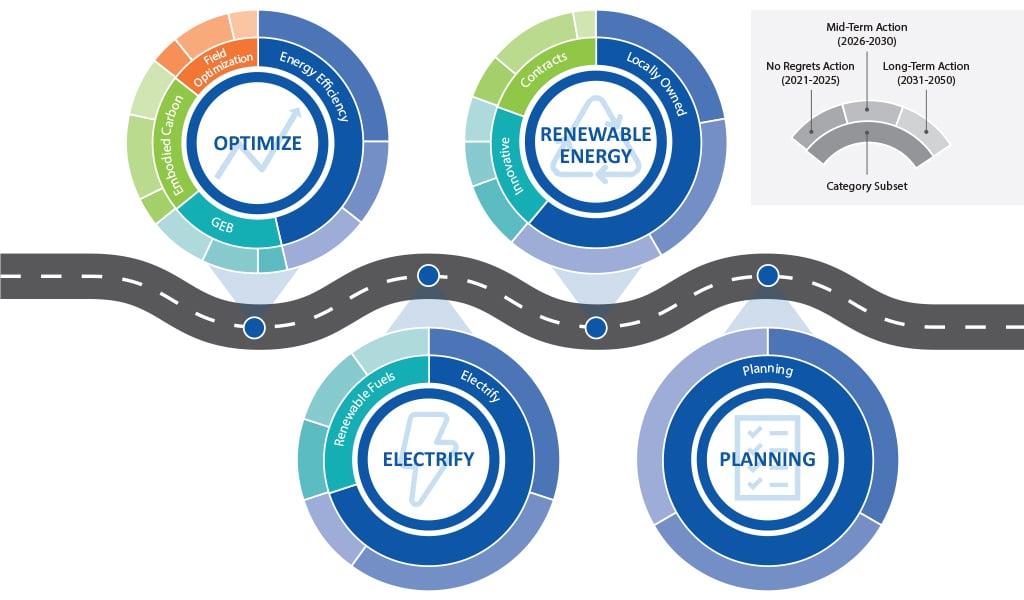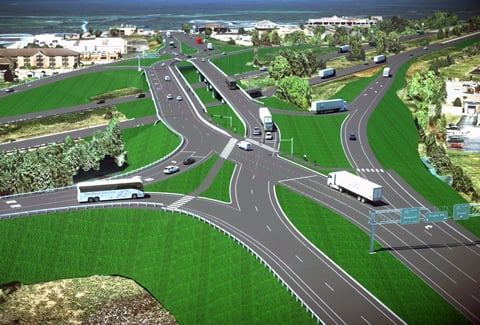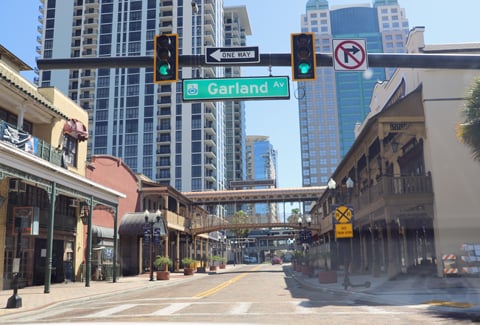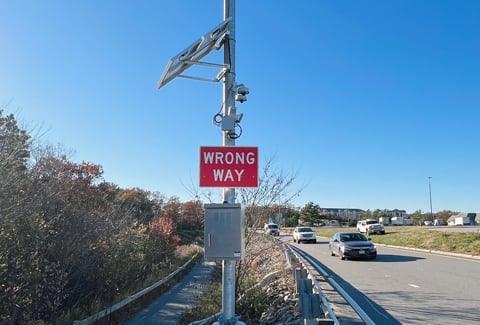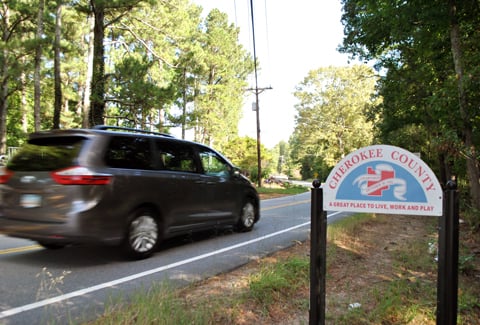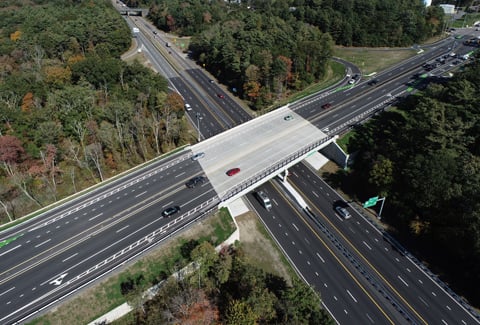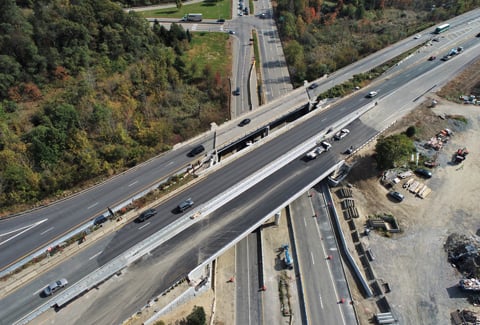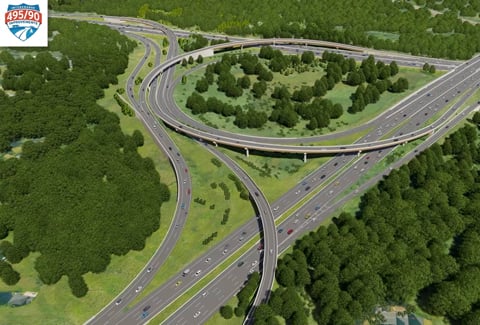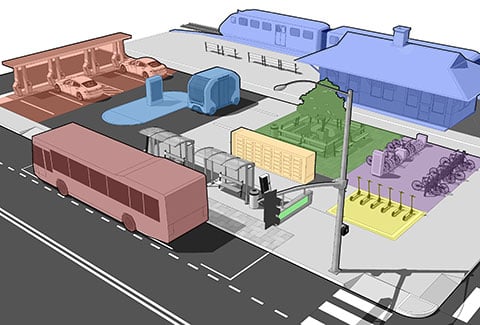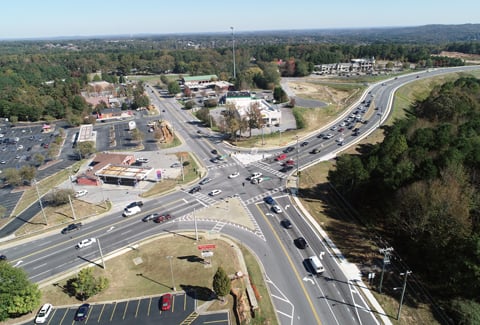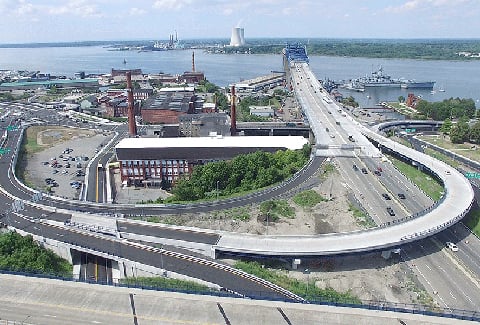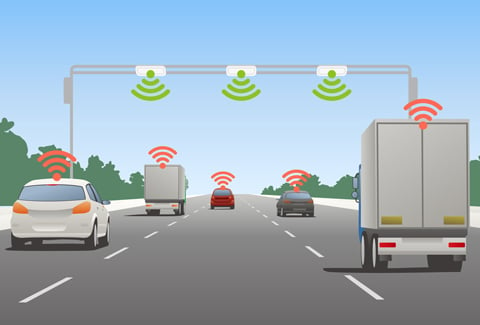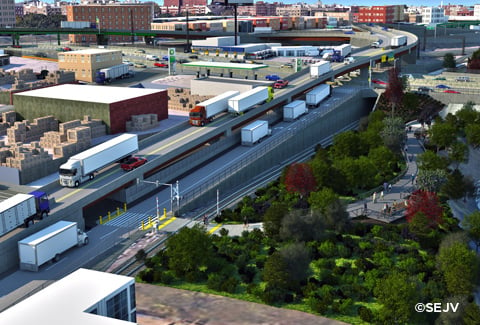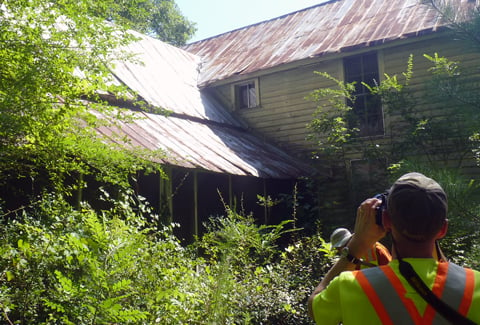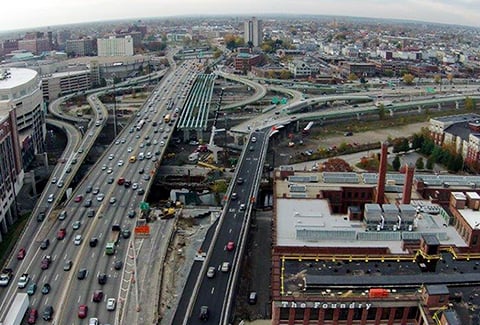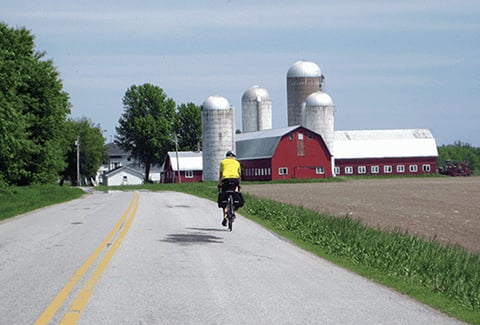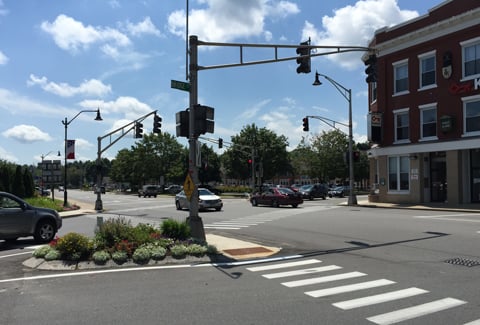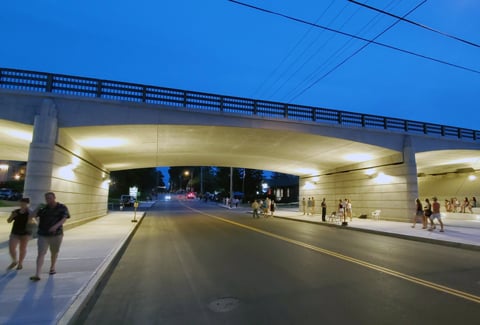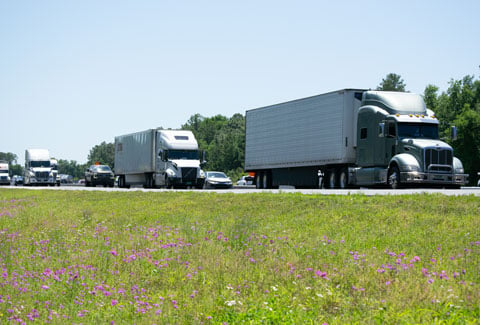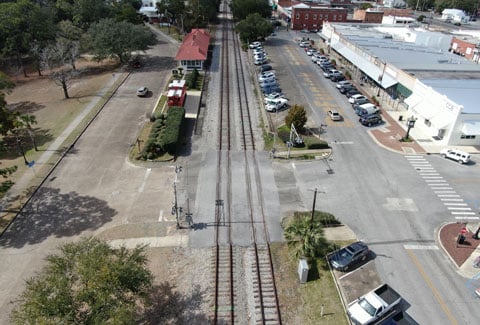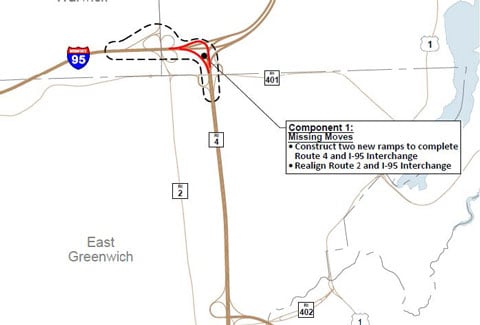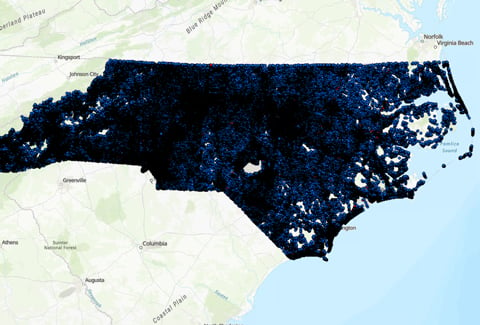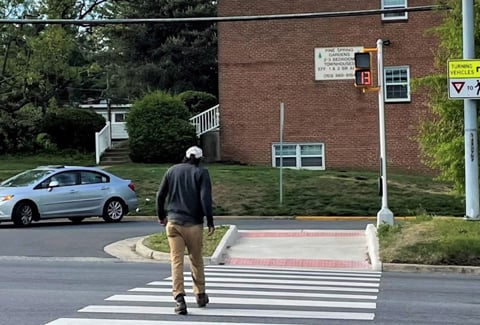Transportation represents the largest use of energy in the Commonwealth of Virginia. With the passage of the Virginia Clean Economy Act (VCEA), transitioning energy generation towards renewable energy is no longer optional. As a large energy consumer and landowner, the Virginia Department of Transportation (VDOT) will play a major role in the transition to clean energy. To build, maintain, and operate the Commonwealth’s roads, bridges, and tunnels, VDOT expends large quantities of energy with yearly operating costs in the millions.
VHB worked with VDOT to develop its Energy Roadmap to understand how the transition to clean energy may impact the future costs of energy, and how VDOT can participate in this transition to potentially lower its operational expenses. VHB developed energy and solar siting frameworks, evaluated technology readiness, created finance strategies and models, estimated expected required investment dollars, and developed concepts for pilot projects as complementary components to the Energy Roadmap.
Another focus of the study was to improve the reliability of certain roadside assets that are either not grid-connected or are vulnerable to impacts due to increasing storm activity. The final goal of the study was to quantify and understand how these operational strategies and investments may impact VDOT’s greenhouse gas (GHG) emissions.
This framework will guide VDOT’s decision-making as it considers clean energy solutions such as energy efficiency, controls technology, electrification, renewable generation, renewable procurement, and energy storage. The roadmap will help VDOT attain net zero emission status within its desired timeline, while meeting the reliability and operating cost goals of the Department.

